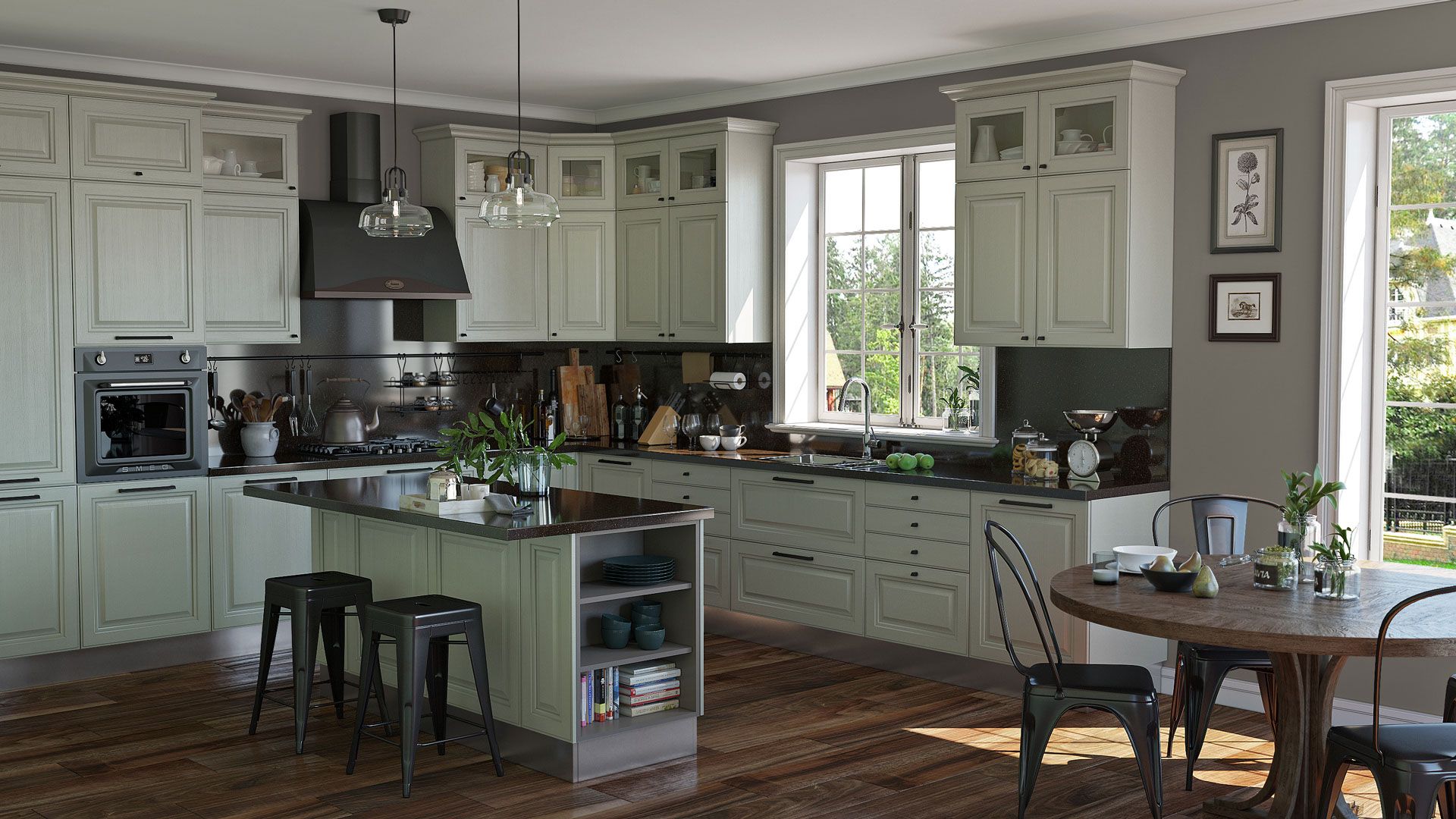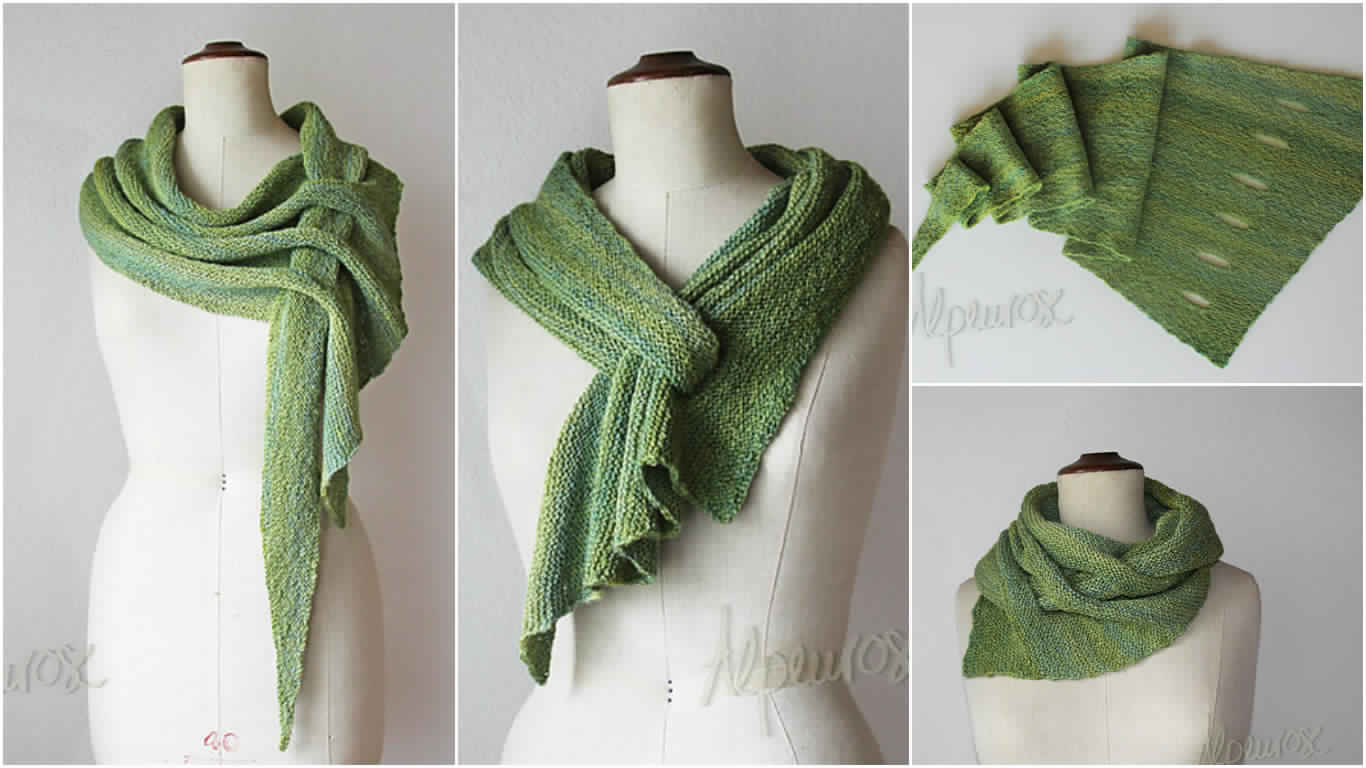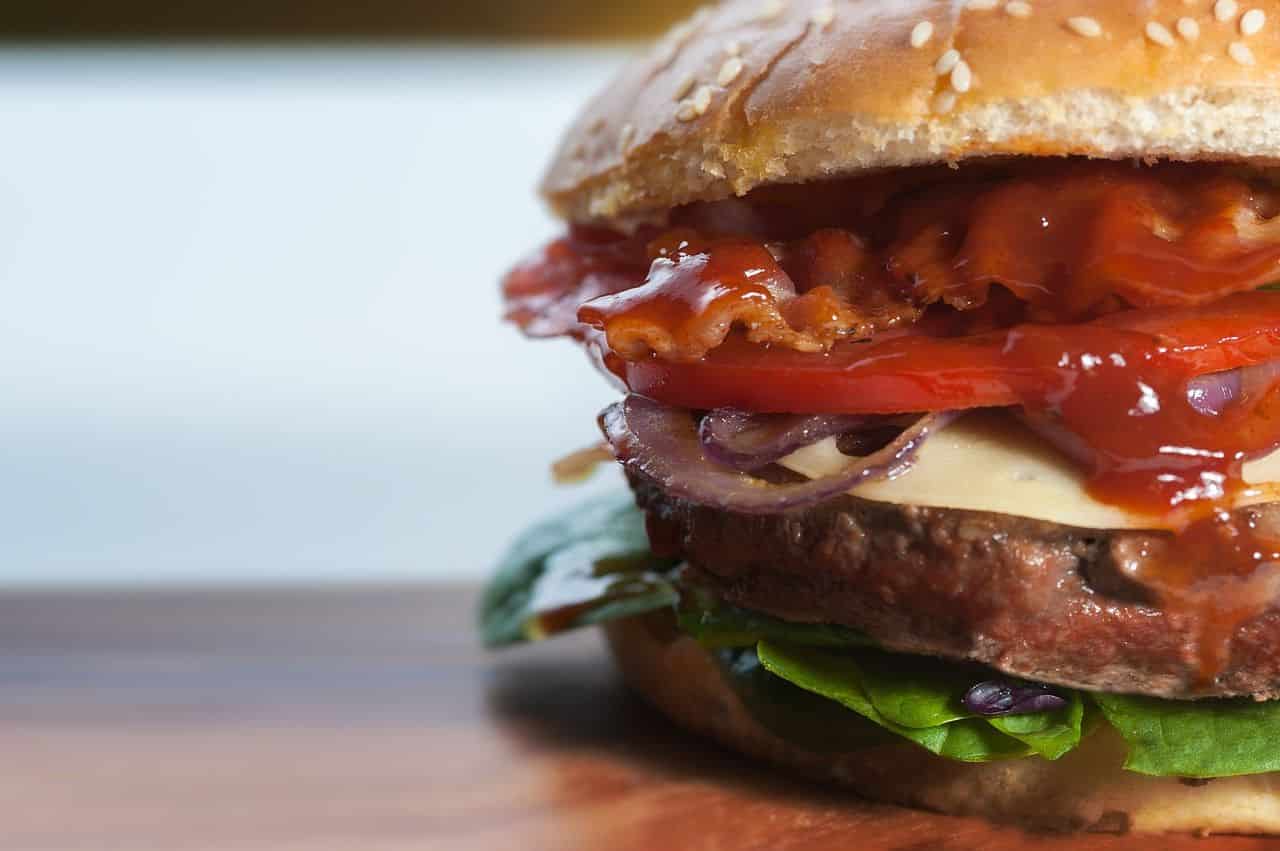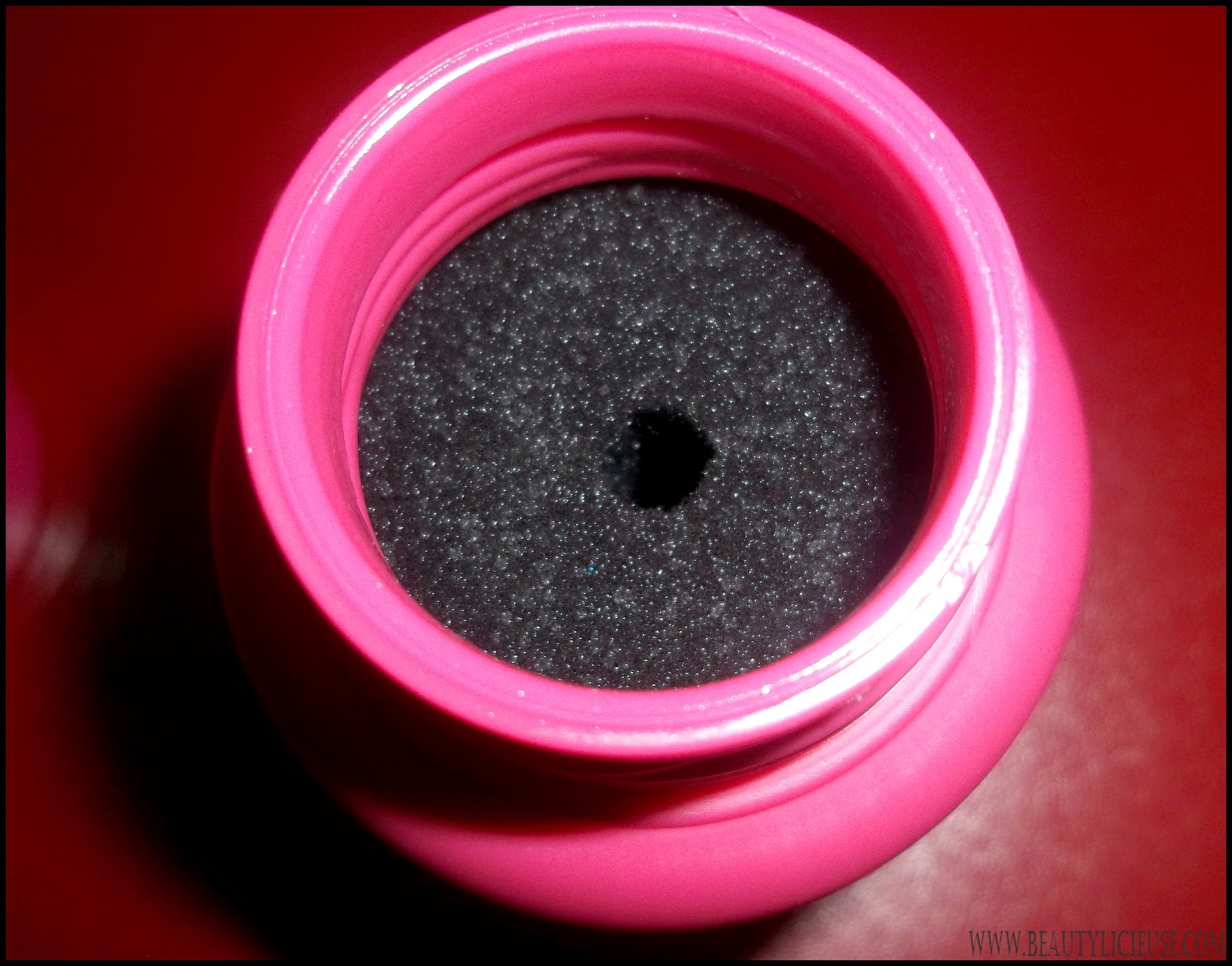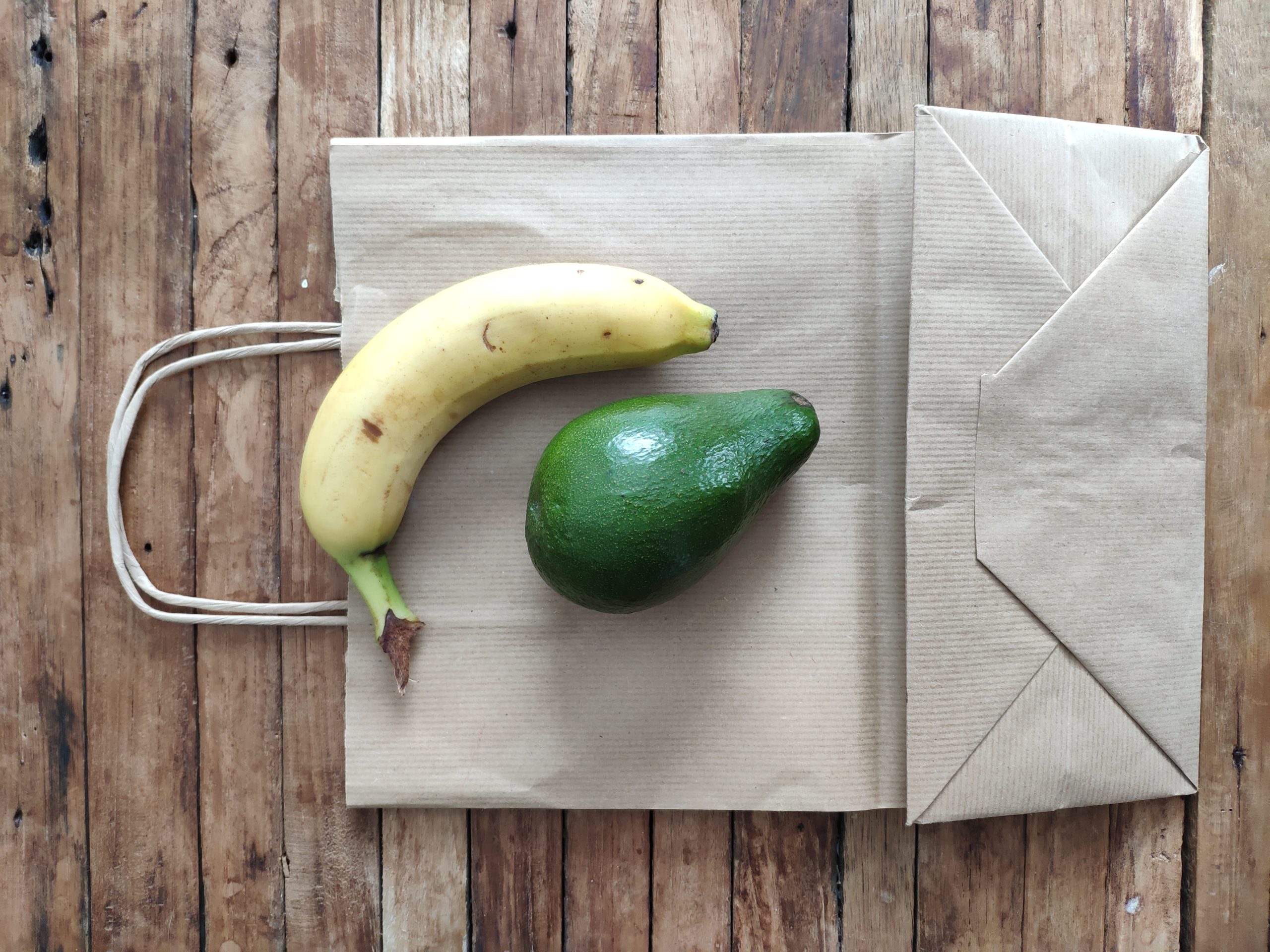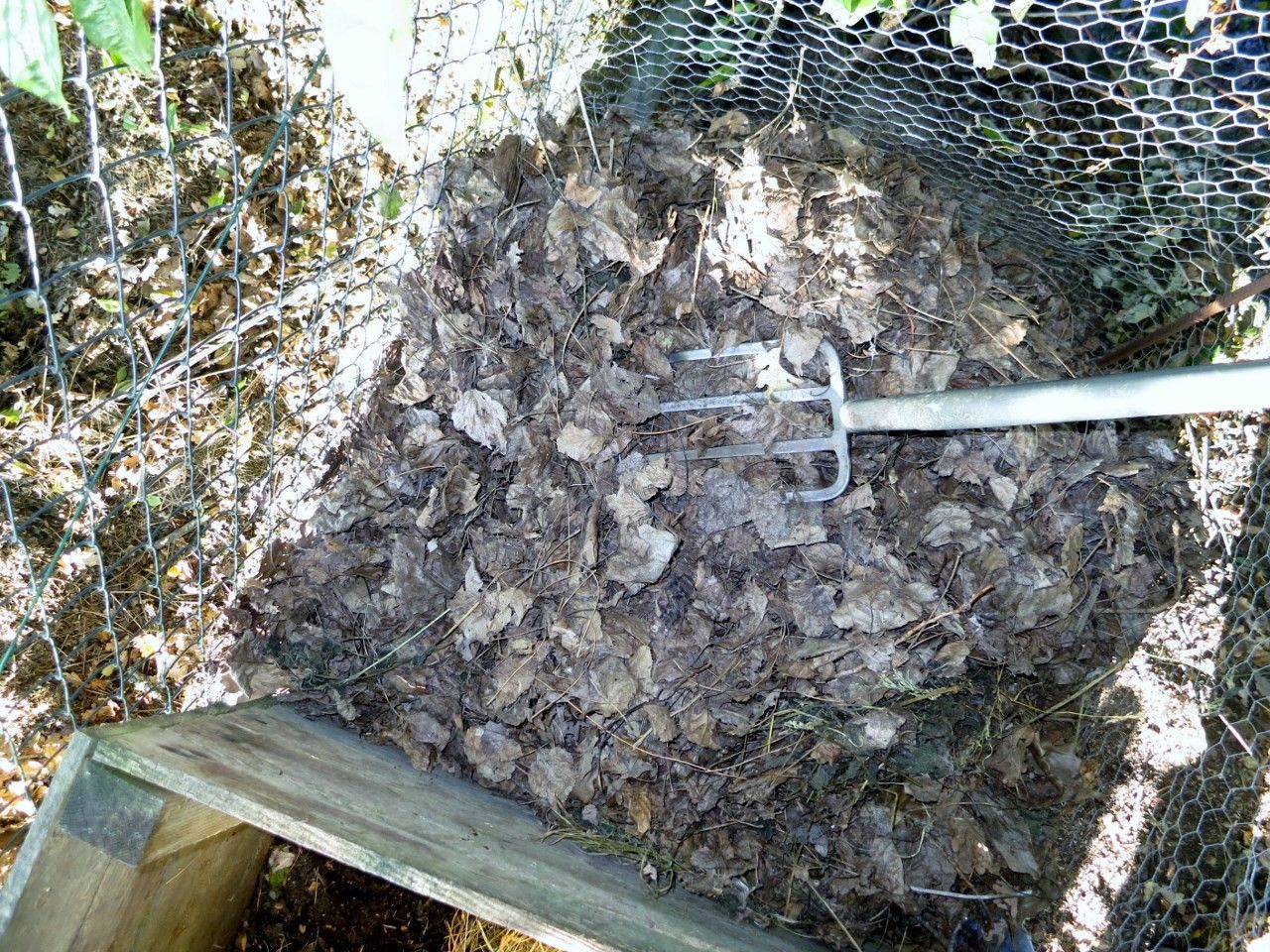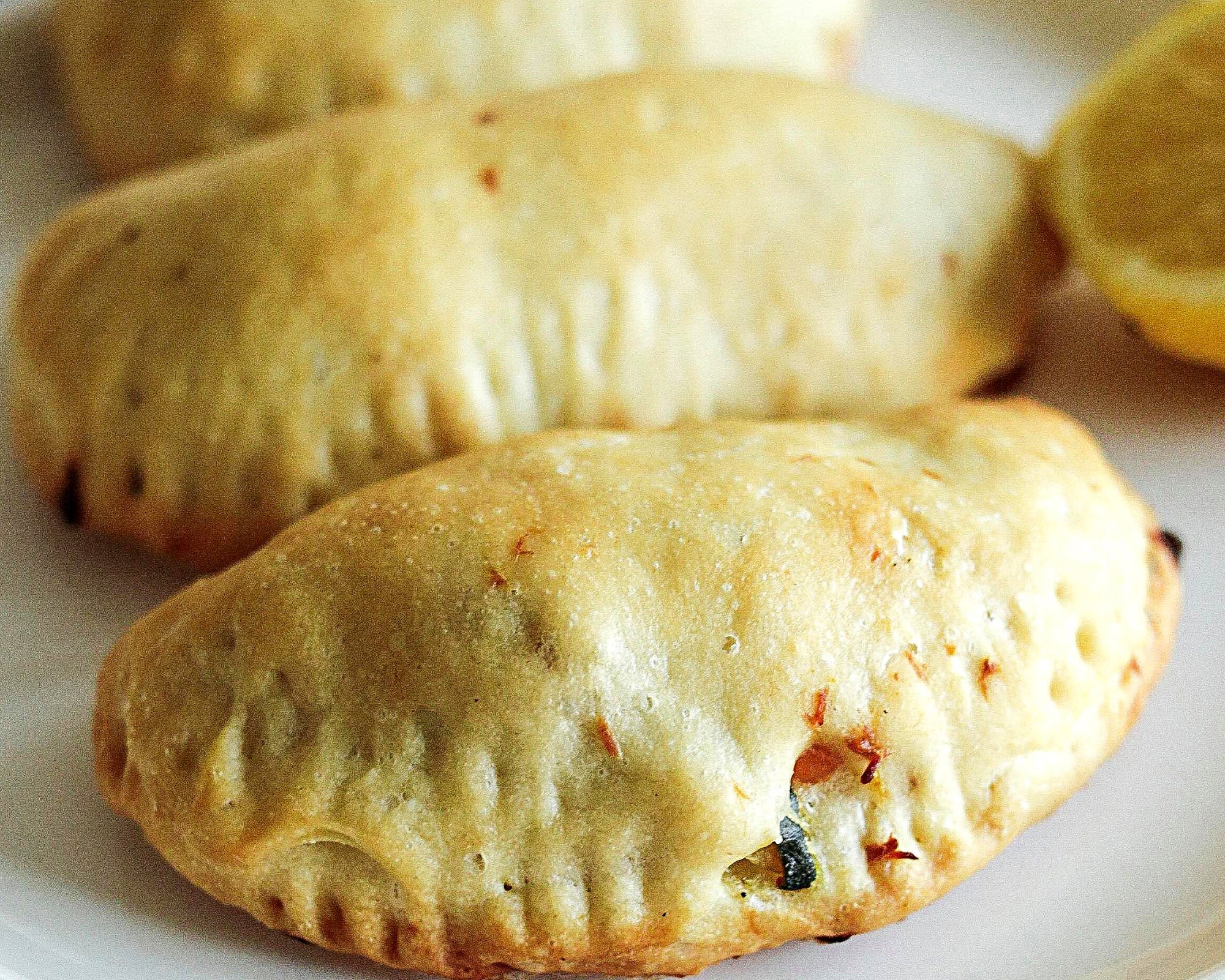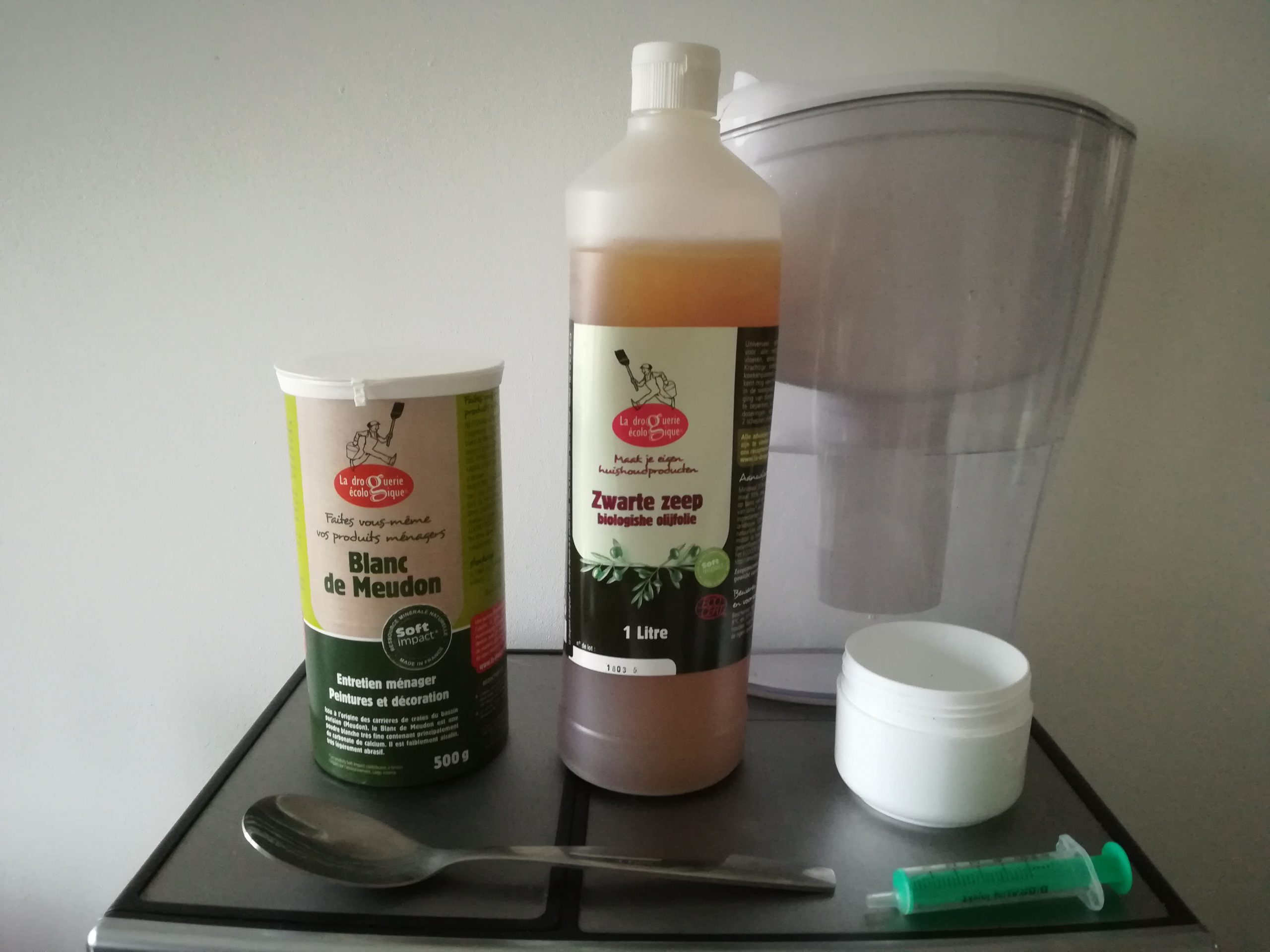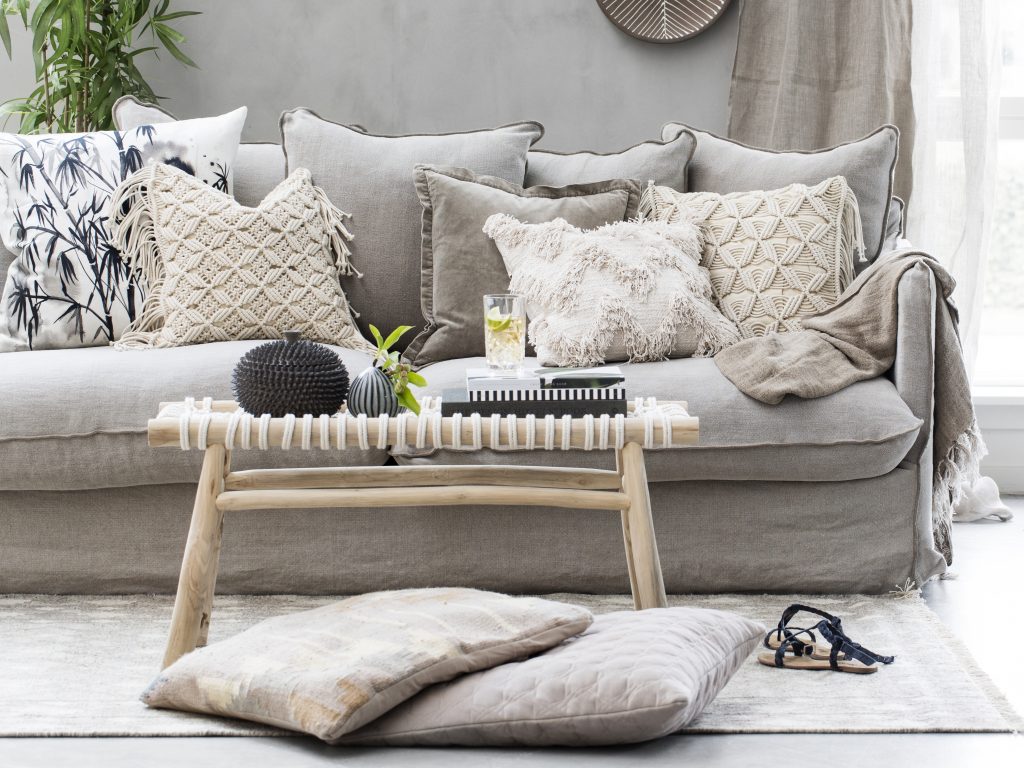Why You Should ALWAYS Plant Flowers In Your Vegetable Garden.
Do you cultivate a vegetable garden?
So maybe you are racking your brains for how to organize your crops.
Did you know that flowers and vegetables often go hand in hand? These are called companion plants.
So maybe it's time to rethink your garden plan.
The companionship increases yields and maintains cultures in good health.
And what's more, it's easy to do even for beginners.
Growing vegetables and flowers together aims to attract bees and other beneficial insects.
Without bees, no pollination and therefore no or less production.
Not to mention the fact that helping bees find food is essential, especially at a time when they are being decimated by pesticides.

You can also plant flowers to specifically attract butterflies, hummingbirds, and other interesting species.
But combining flowers and vegetables also has other virtues.
For example: Marigold flowers next to melons control nematodes in the soil that destroy the roots of melons.
To find out about all the good combinations of vegetables, it's here!
Ready to start? Before buying your seeds, here are 5 tips for choosing the right flowers to plant in your vegetable garden. Look :
1. Check the flowering period

For the companioning of vegetables with flowers to work well, you must select flowers that will bloom as your vegetables ripen.
If the flowers you plant don't bloom until 2 weeks after your peas have bloomed, it's not going to work!
You will find flowering times on all seed bags to synchronize your planting calendar.
Your best bet is to choose flowers that bloom for a long time to ensure that you have continuous blooms throughout the growing season.
2. Choose the right flower shapes

The flowers that attract hummingbirds are not the same flowers that attract bees or insects that are good for your vegetable garden.
Depending on the shape of the flower, it is more or less easy for different species to access nectar and pollen.
To attract bees and other pollinators, it is recommended that you choose flowers with a daisy shape, such as zinnias, cosmos, daisies, sunflowers, and purple coneflowers.
3. Space the flowers in the vegetable garden

Space the flower seeds out when sowing them in the row.
It is about not having a tuft of flowers, but a dotted line.
To do this, sprinkle the flowers in the garden rather than planting them in a single clump.
You can make a row of vegetables followed by a row of flowers. Or you can mix them in the same row.
Get creative by putting flowers between 2 varieties.
For example to separate the peppers from the peppers, plant marigolds or nasturtiums.
These flowers attract aphids which will not suck the sap from your pepper plants ;-)
The last strategy you can use is to plant flowers to form a barrier around the vegetable patch.
4. Anticipate the height of the flowers

If you don't want your flowers to compete with your veggies to catch the sun's rays, choose mostly flowers that won't grow very tall.
Yes, flowers should not overshadow vegetables which also need sunlight to grow well and soak up sugar.
But it also depends on the vegetables you are growing. Indeed, lettuces also appreciate having a little shade during the hot summer months.
For this, choose a taller variety of flowers such as borage or ornamental tobacco flowers.
5. Start as easy as possible

If you are a novice gardener, I recommend that you start with annual flowers, as they are easy to grow, reliable, and produce a lot of blooms.
In addition, you can alternate your crops every year, because they do not grow back from year to year.
Think of snapdragons, cosmos, sunflowers, asters, periwinkle, celosia ... However, native perennials remain the best way to attract bees.
Find out about the typical flowers in your area.
For example, gentian in the Alps, lavender in Provence, dog tongues on the Atlantic coast, granite carnation in the Massif Central, brown thyme in Réunion and many more.
What if you want to learn even more about companioning plants? I recommend this very practical guide or this guide to associated cultures.

Your turn...
Have you tried planting flowers in your vegetable garden? Let us know in the comments if it worked for you. We can't wait to hear from you!
Do you like this trick ? Share it with your friends on Facebook.
Also to discover:
The Practical Guide For Combining Vegetables From Your Garden.
23 Clever Tips To Make Gardening Simple.

